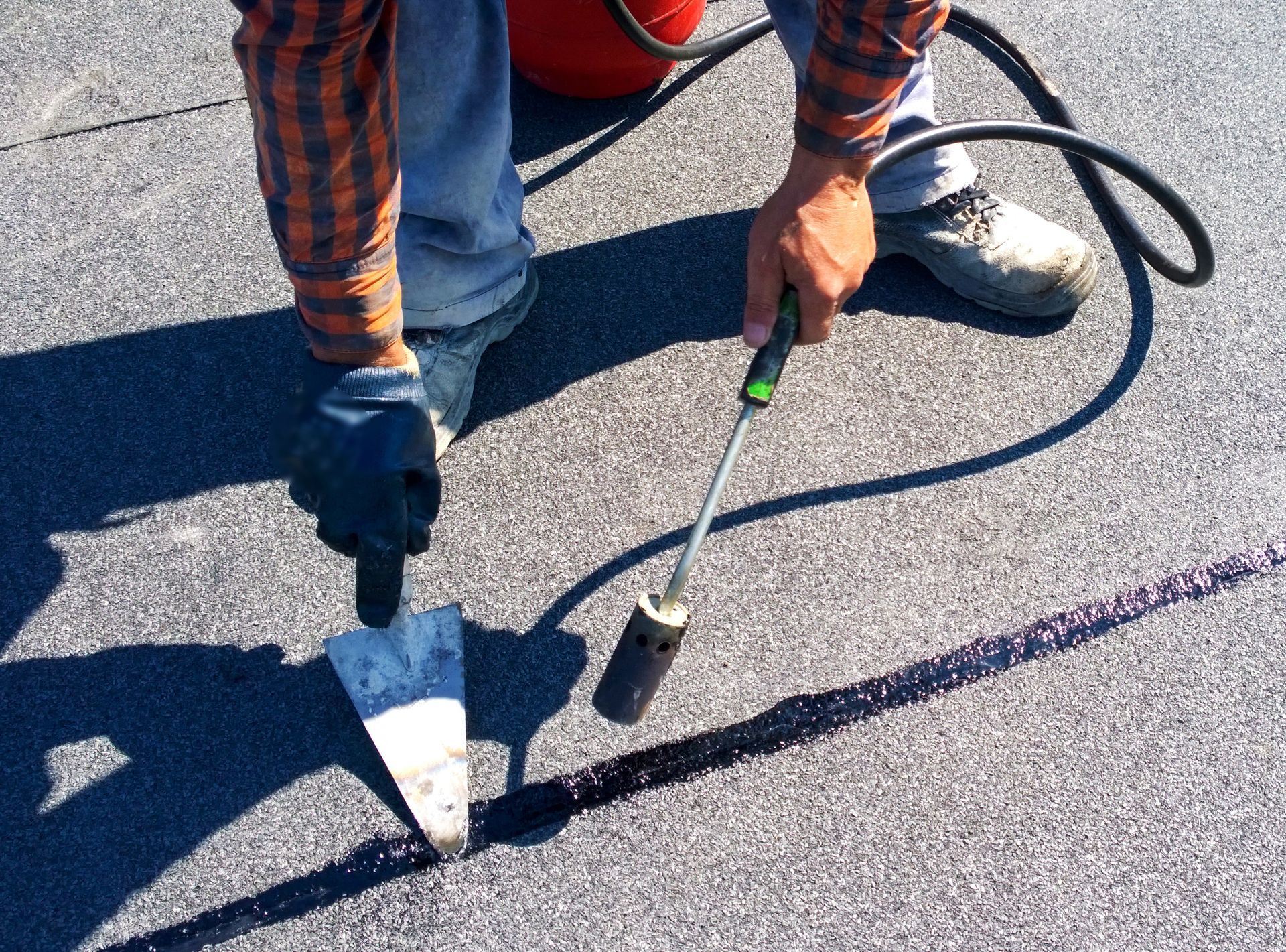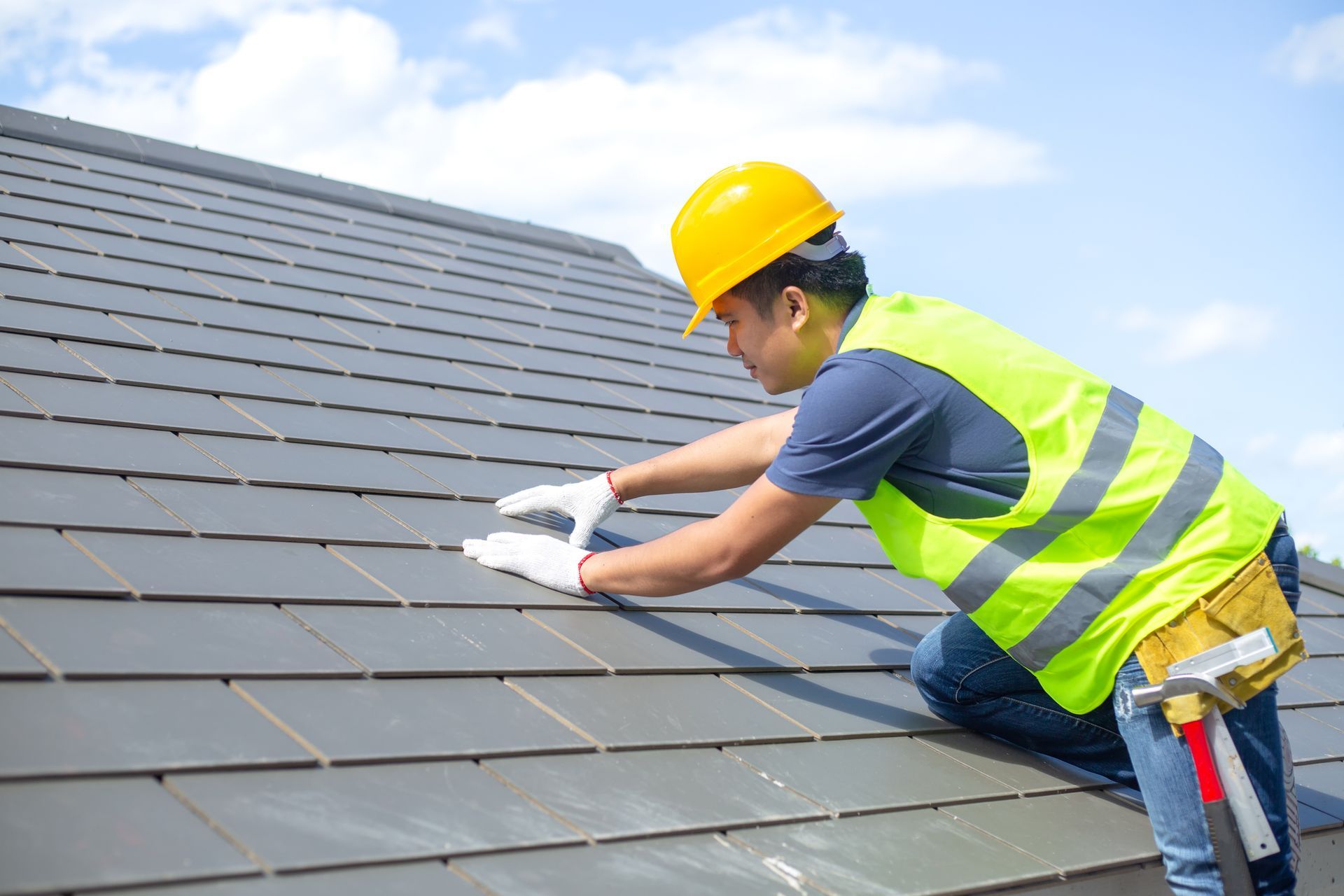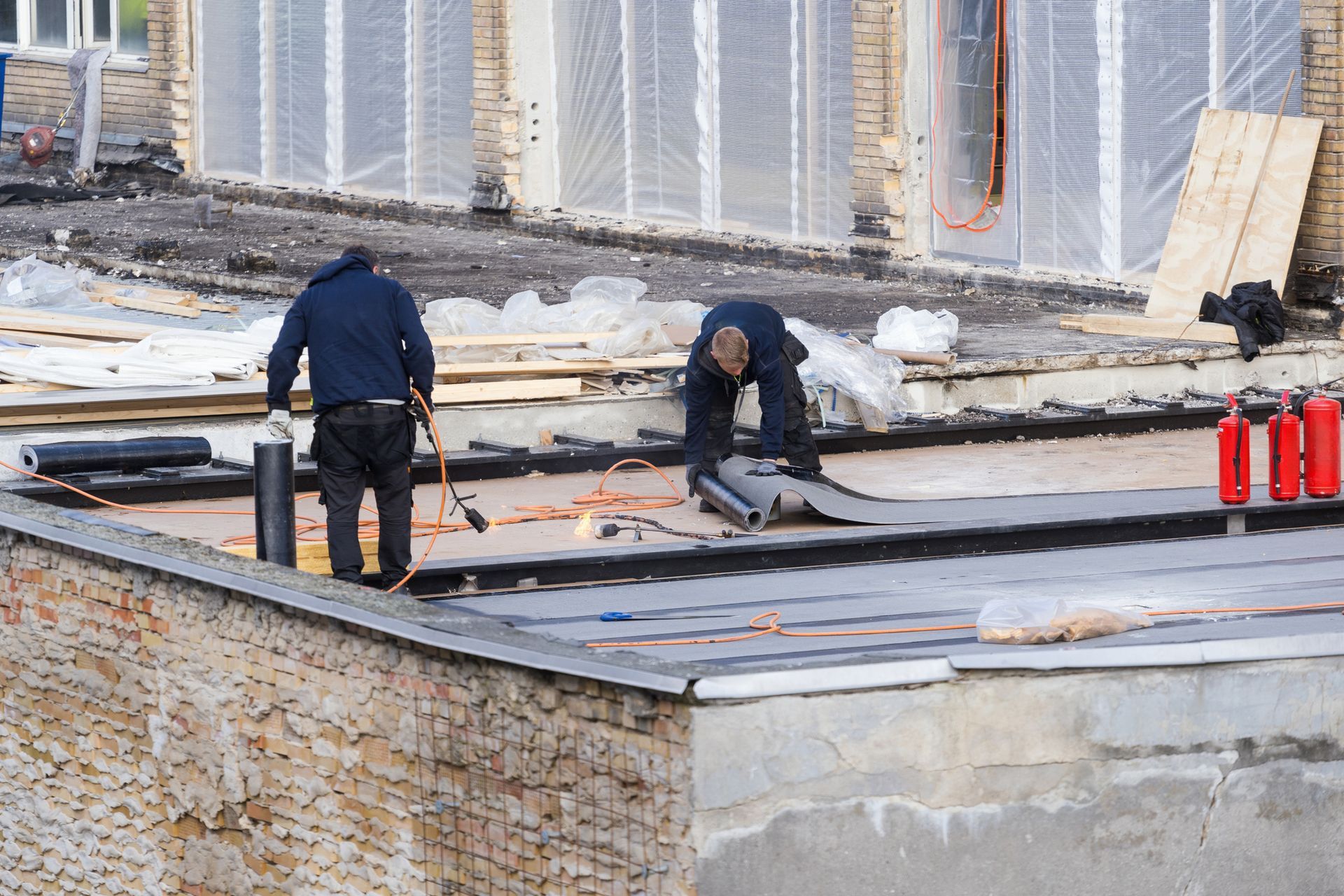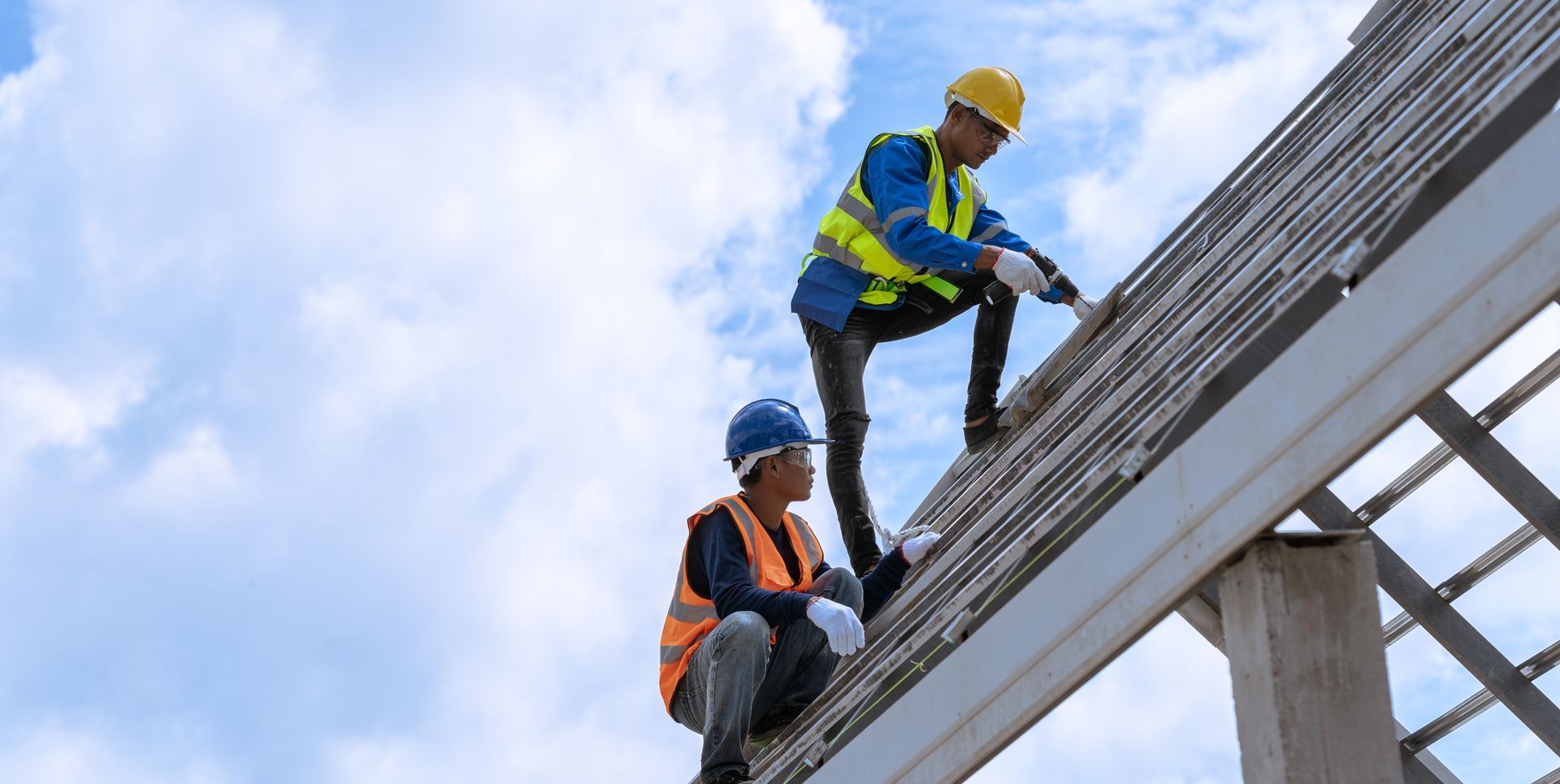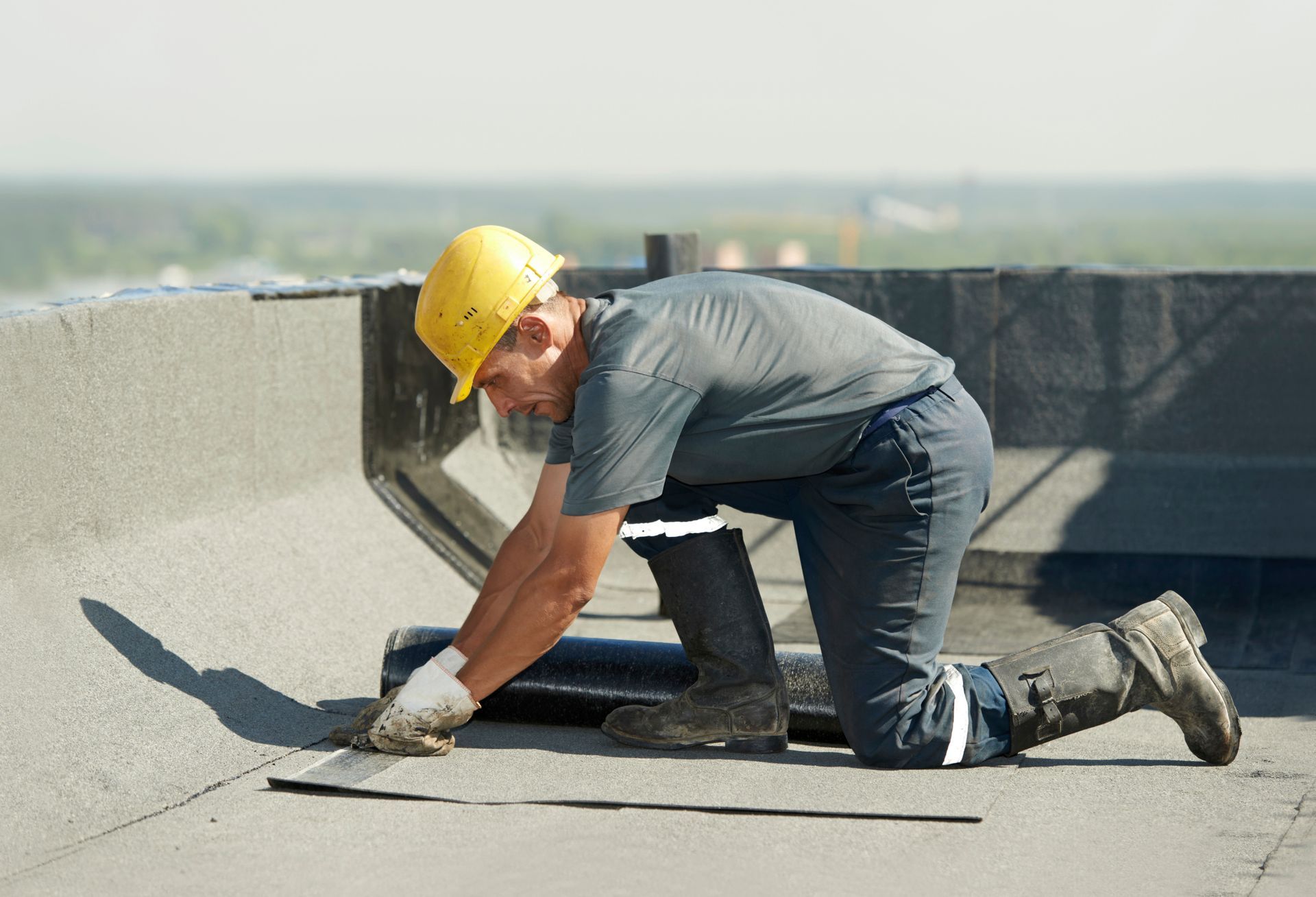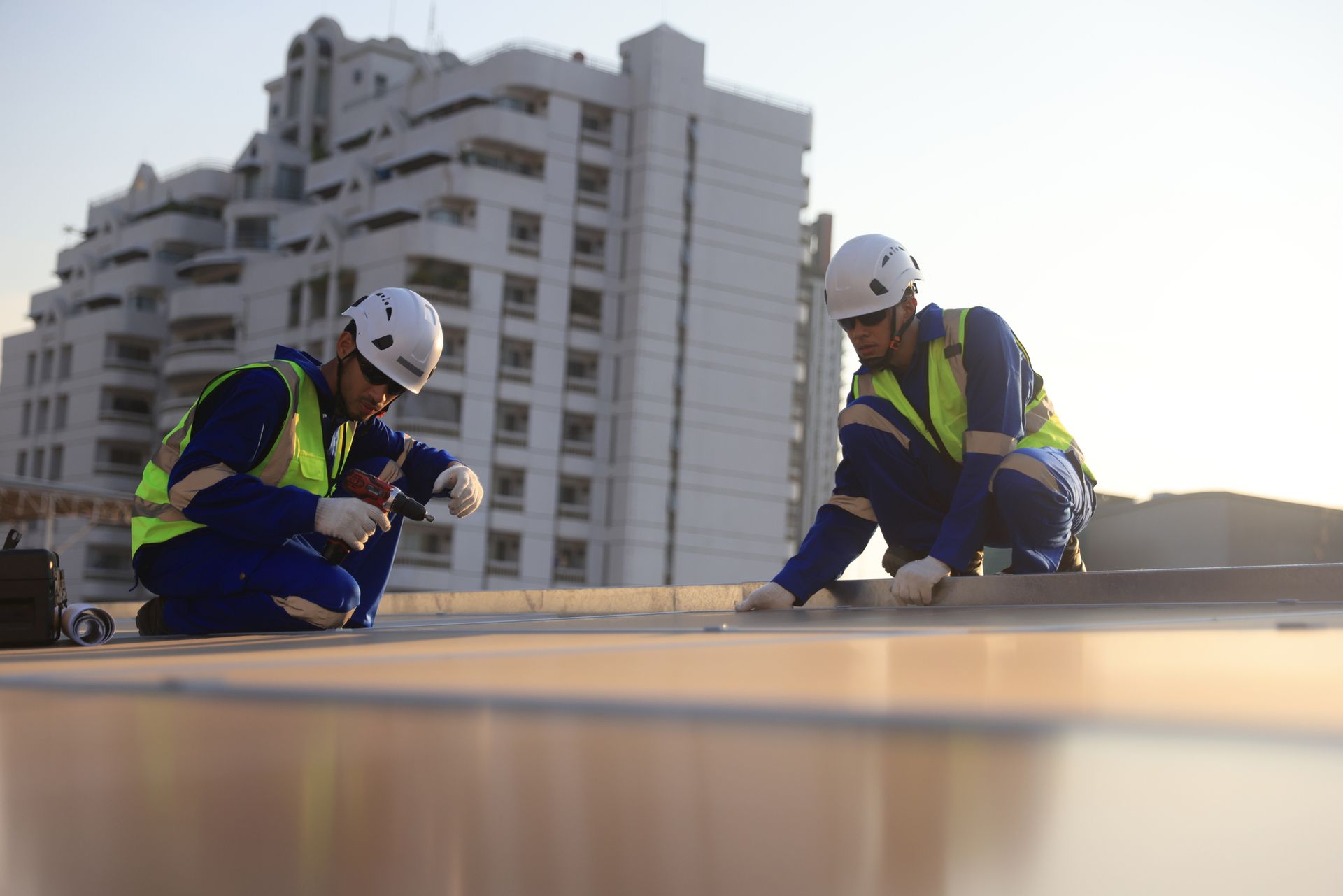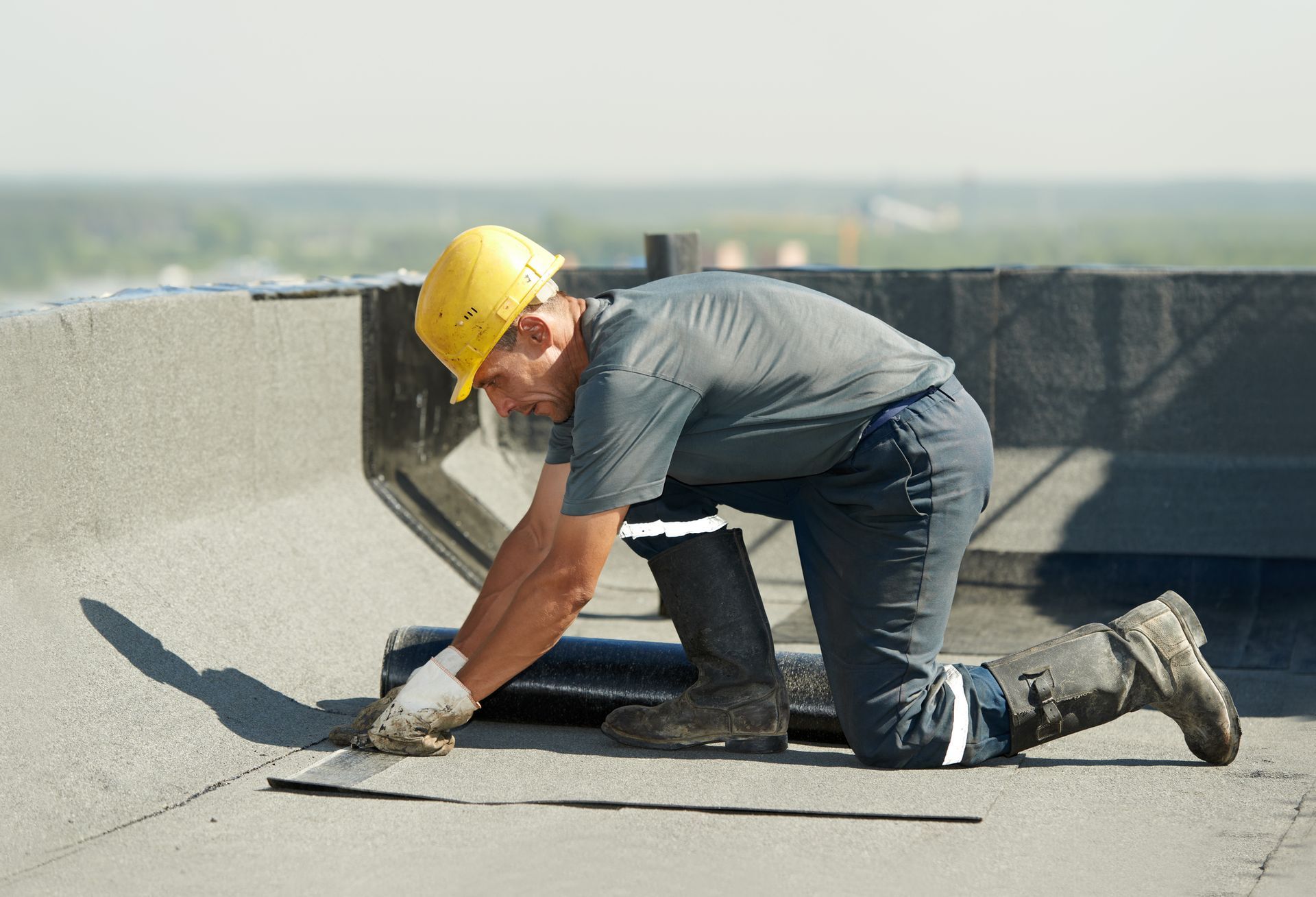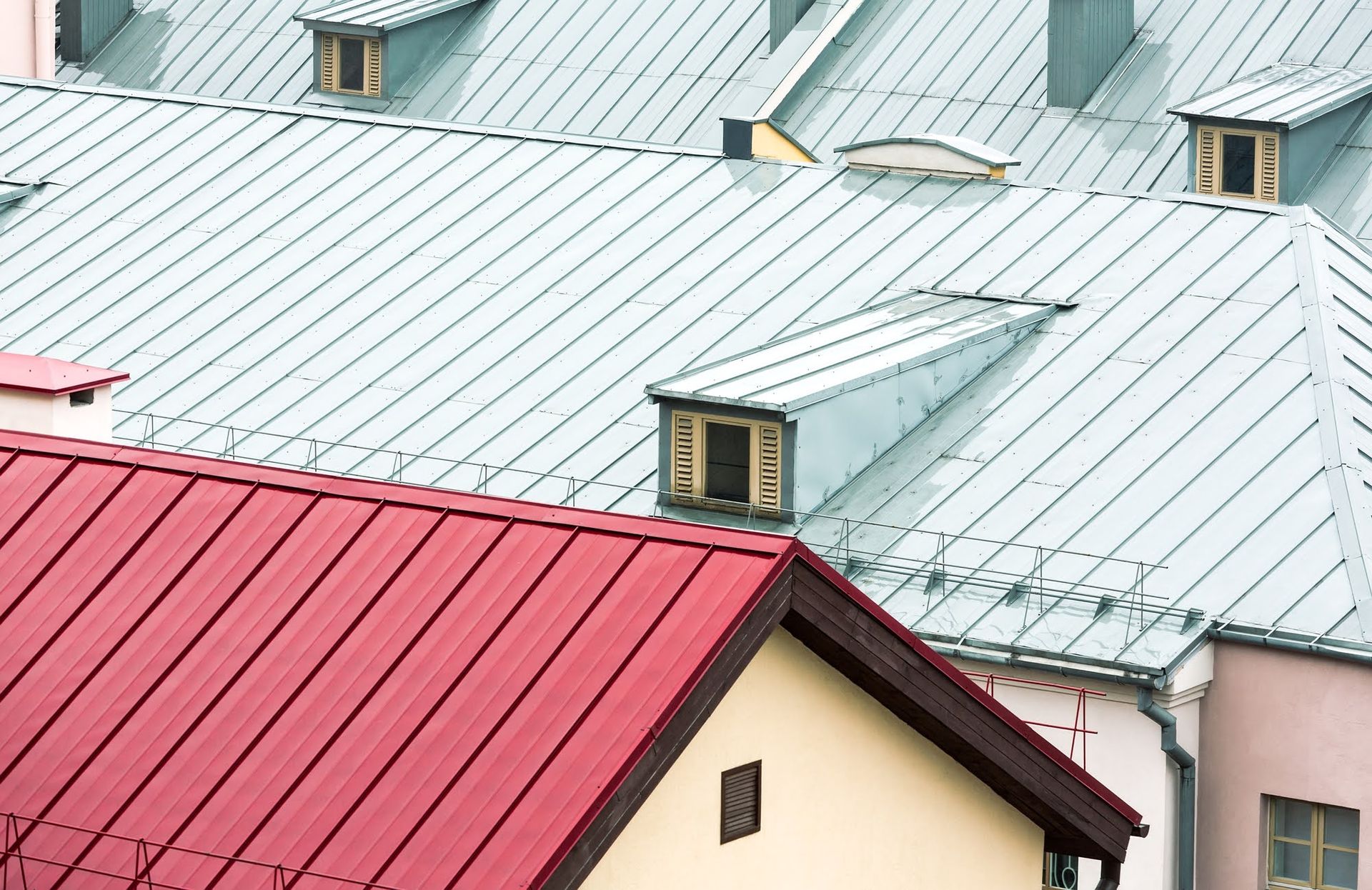Managing Rooftop Fixtures on Standing Seam Metal Roofs
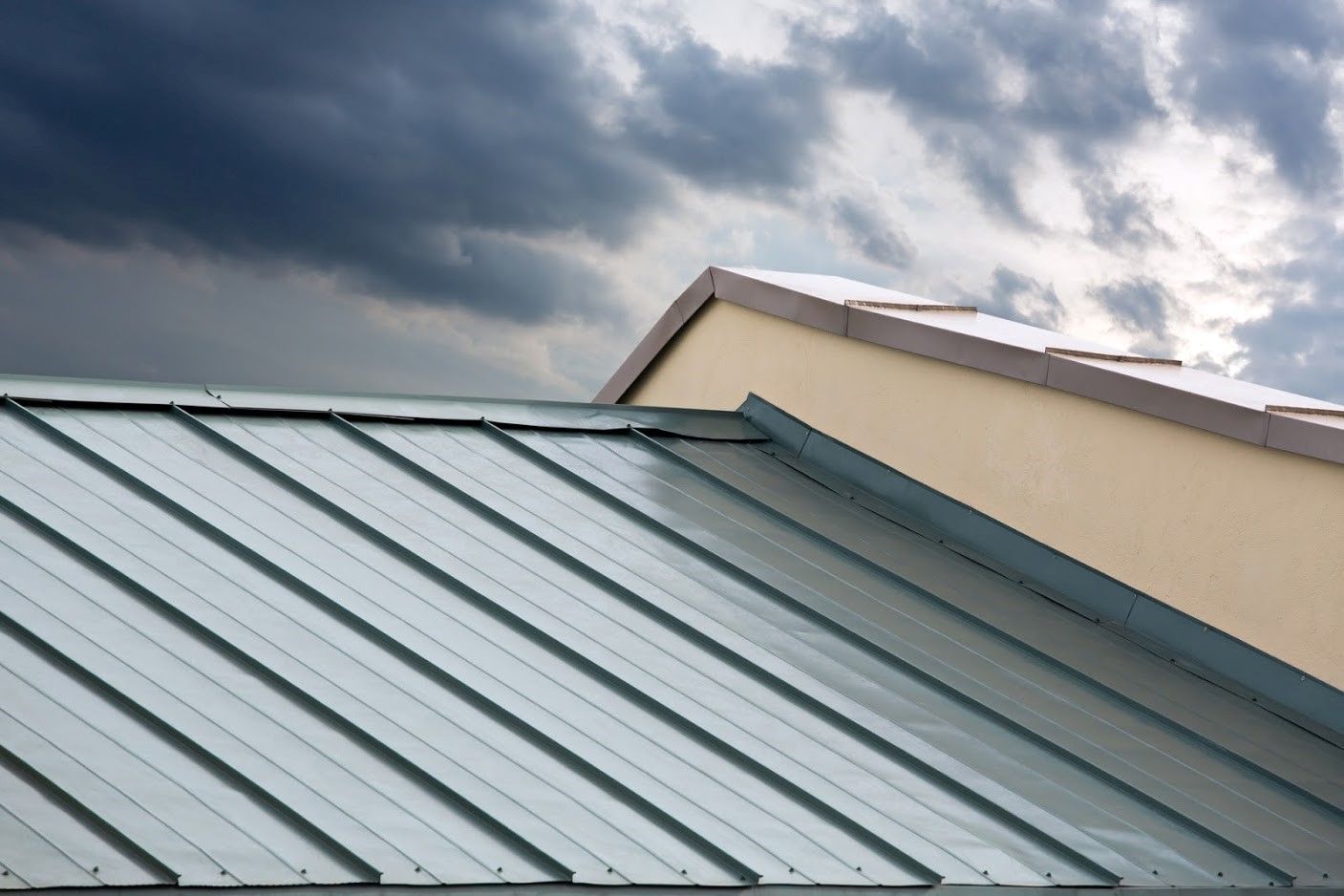
A standing seam metal roof will last 40 to 70 years on your commercial building. At the same time, the roof can reduce cooling costs, resist flames from wildfire or lightning, and sustain high winds. However, rooftop features, including HVAC units, vents, and solar panels, must be installed carefully on the standing seam metal roof. Take a look at three things you should know about this process.
- Insist on Tested Metal Panels
The standing seam metal roof is considered a hydrostatic or water-barrier-type roof. The standing seam metal roof panels are formed from uncoiled metal that’s cut to width and roll-formed into the correct seam arrangement. Panels are then cut to length for stock or custom roofing purposes.
Standing seam metal roof panels are manufactured from a variety of metals, including prefinished steel, aluminum, copper, and zinc. These roofs can be retrofitted over existing roofs or used in new roof construction.
Standing seam metal roof panels are typically manufactured in 12- to 24-inch widths and are suitable for roofs with a pitch as low as 3/12 (3-inch rise for every 12 inches). In some cases, these roofs can be installed on a 1/12 pitch, but your roofing contractor may need to install additional underlayment first, as well as use specific panel types that are designed for low-slope roofs.
However, you should insist that any new low-slope standing seam metal roof panels you have installed on your commercial structure have been tested for wind resistance and other safety factors. Proven standing seam metal roof panels will not rip away and take rooftop features with them.
Calculate your building loads for roof assemblies to determine the highest wind load necessary. Specify standing seam metal roof panels that have been tested with either UL 580 or ASTM E 1592 methods. These two tests measure uplift resistance, so you can confidently order the panels that meet your roof-load requirements.
- Mount Standing Seam Metal Roof Features Using the Least Penetration
While standing seam metal roof panels are not meant to support rooftop equipment, you can mount equipment down to the building structure. If not attached to the building carefully, rooftop equipment mounts can reduce the hydrostatic properties of the standing seam metal roof panel system.
Rooftop features may include the following:
- Satellite dishes
- Photovoltaic panels
- Lightning protection
- Signage and lighting
- Fall-protection mounts
Seam clamps attach to the upright seams of the metal panels and can be bolted to snow retention system, solar panels, and external gas pipes. Seam clamps allow the attachment and anchoring of rooftop equipment without penetrating the surface of the standing seam metal roof panels with holes or fasteners.
Your roofing professional will order non-corrosive seam clamps that are compatible with the metal materials in the standing seam metal roof panels. Equipment fasteners will also be compatible with the metal equipment being attached to the roof. Professionals use round-point set screws to attach seam clamps. Pointed screws could inadvertently penetrate the metal in the standing seams.
- Flash Circular Standing Seam Metal Roof Penetrations With EPDM
Some standing seam metal roof penetrations can’t be avoided. For example, you must accommodate plumbing vents and other openings. Where your rooftop has round penetration points, use durable, proven flashing materials to make the openings watertight.
Ethylene propylene diene monomer (EPDM) is a common rubber material used for flashing on round standing seam metal roof penetrations. The unitized EPDM material used for flashing is manufactured in a cone shape and is stretchable. Flashing pieces are cut to length on the job.
When flashing round penetrations, roofing installers should orient vent, plumbing, HVAC, and other pipes to a central location in the roof panel. The central orientation makes it possible to flash the opening equally around the pipe so that the flashing has no weak or stressed sides.
EPDM flashing should be sealed with butyl copolymer tape beneath the base. Polyurethane is used over the butyl to fillet or shape the flashing edges. The top of the EPDM flashing should be secured with a stainless-steel draw band. The metal band includes a compression ring that keeps the flashing from sliding or inverting down the pipe.
Pipe flashing should never be mounted directly to the building’s structure or the roof decking. Anchor EPDM flashing directly to the standing seam metal roof panels to maintain the thermal-movement properties of the roof panels. Whenever possible, flashing should avoid interrupting a seam. When installed properly, EPDM flashing can last 20 or more years on the standing seam metal roof.
Now that you understand more about how to manage rooftop fixtures on a standing seam metal roof, are you ready to schedule installation of your roof in Minnesota? If so, then begin by contacting Berwald Roofing today. We specialize in the installation of standing seam metal roofs on commercial buildings.
The post Managing Rooftop Fixtures on Standing Seam Metal Roofs appeared first on Berwald Roofing Inc.


